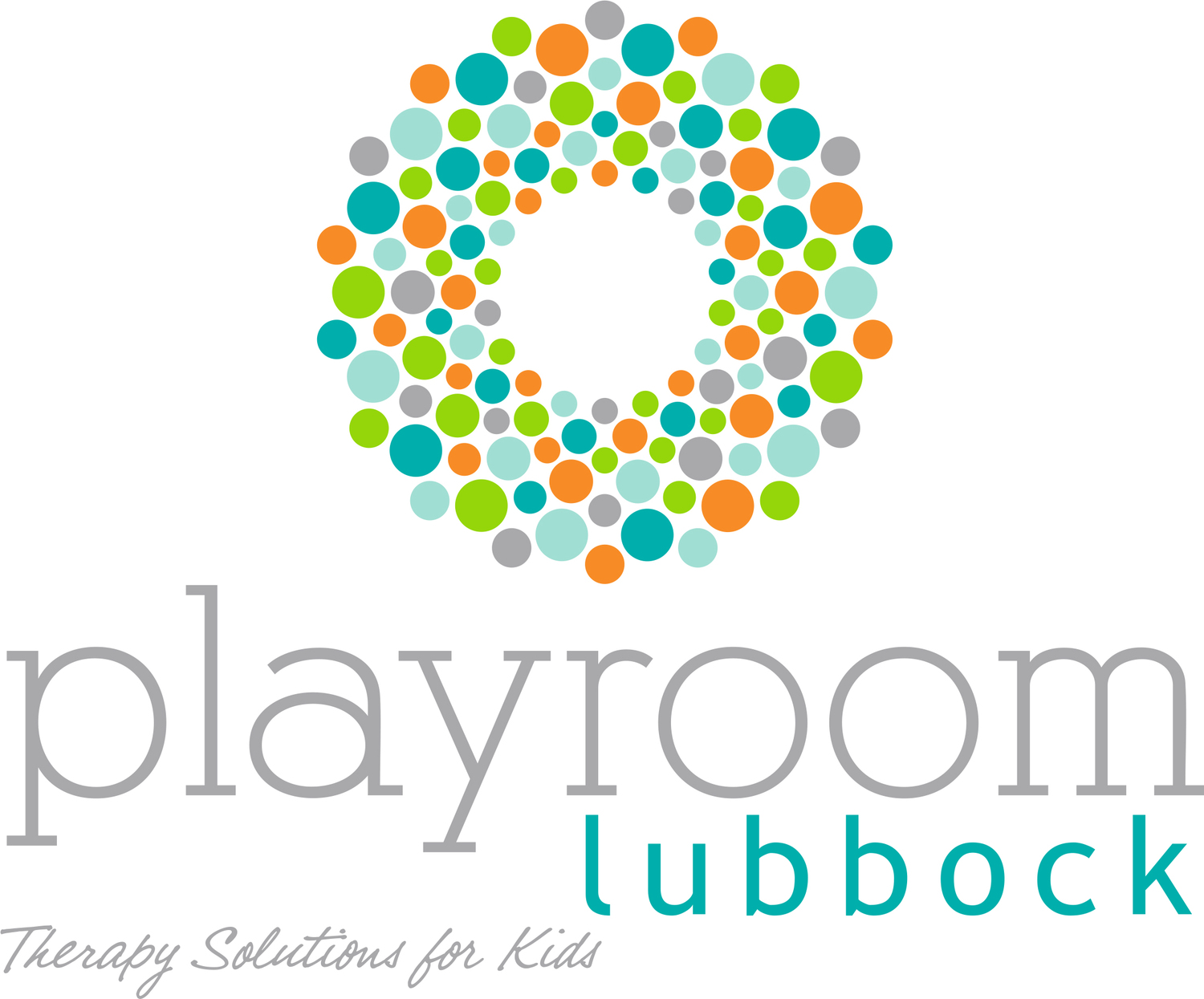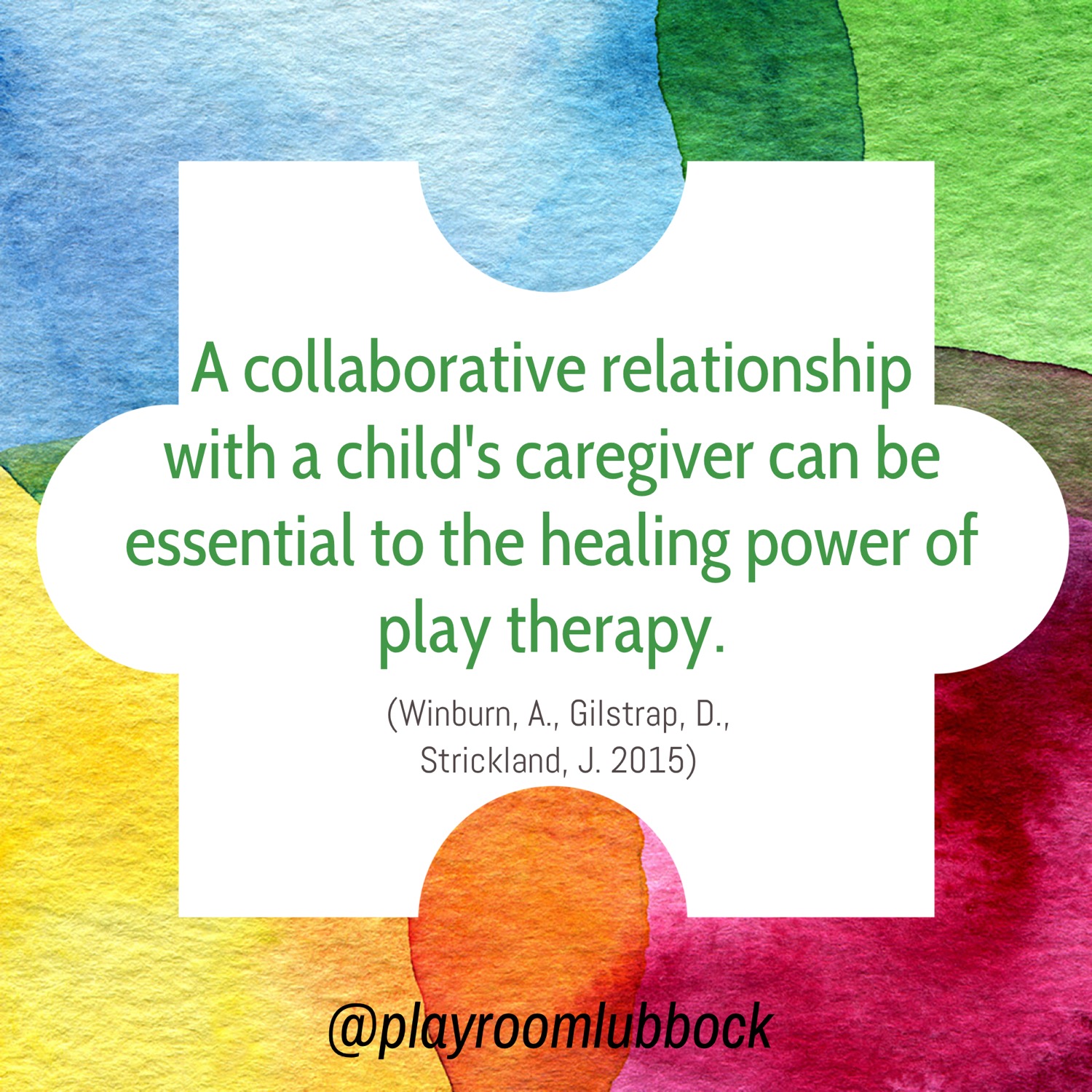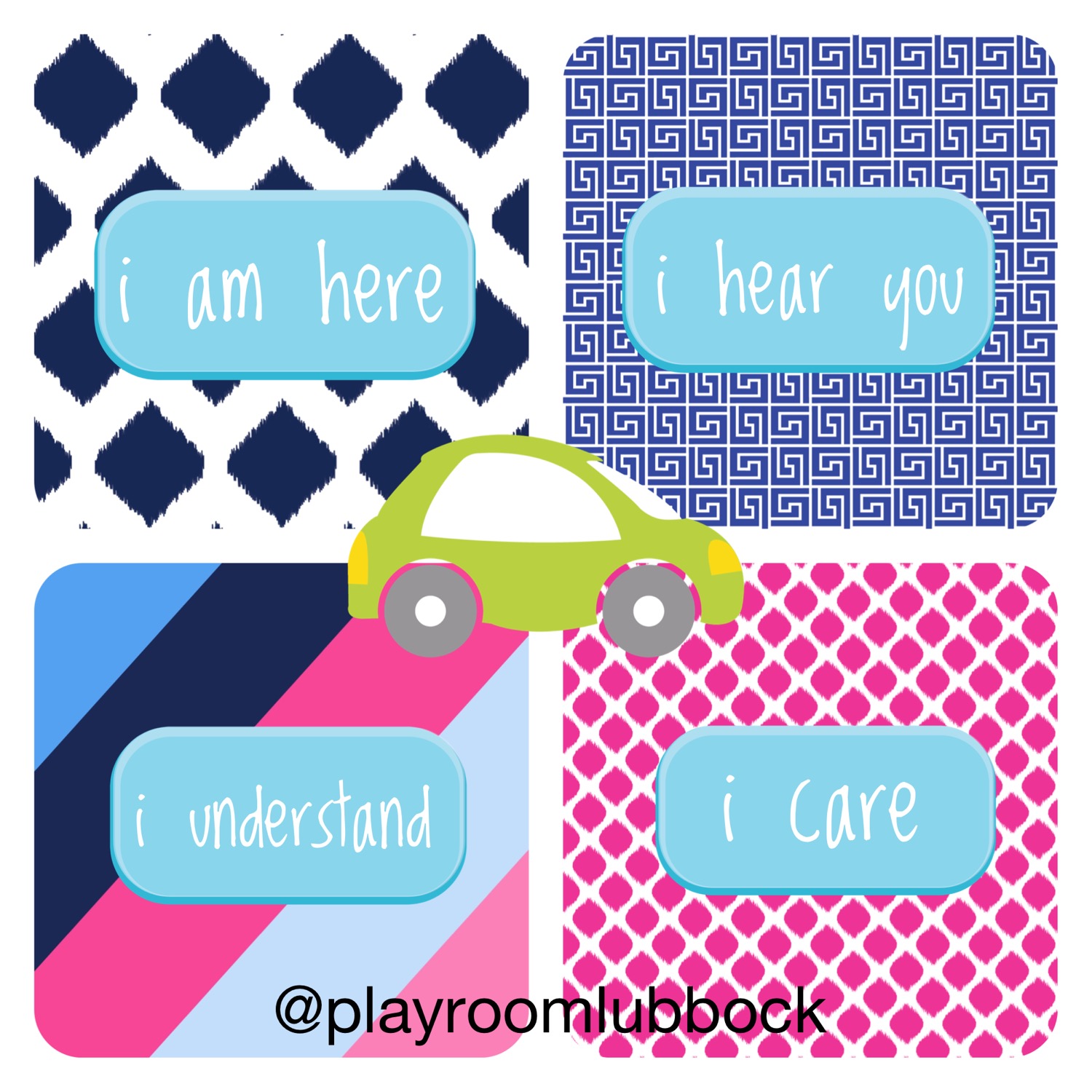If you've caught yourself with outstretched hands up to your head, clenched teeth, and saying "Stop the whining already!" this read might just be a beginning to a whining's end.
Why does my child whine?
1. Whining thrives on unmet needs. Usually that unmet need is attention. Sure, your child probably whines when he/she wants something that he can't have or he/she whines after you've said "no." We will get to that scenario in a minute. If your child is whining, he is getting a response from you. Oddly enough, even negative attention is getting some attention, and the negative attention is helping to fulfill a child's unmet need of attention.
2. Vocabulary. Your child may not have the vocabulary to tell you how he/she is feeling.
3. H.A.L.T. Is your child hungry, angry, lonely, or tired?
4. Your child has limited control over his life and limited choices.
Why does whining lead to backtalk?
1. Mirroring what is being modeled. Are you reacting or responding to the whining? How does your child perceive your emotions and tone of voice?
2. Is there an atmosphere of power struggles by being too controlling or too permissive?
3. Are you making disrespectful demands or using calm, but firm invitations to cooperate?
4. Disappointment or setting up a situation for frustration/failure.
What can I do?
1. Put down your electronic device. Make eye contact.
2. Depending on the scenario, use physical touch such as a hug, sitting side by side, or a "tickle spider."
3. Reflect with your words how your child is feeling. "You're feeling disappointed you can't go to the park today. You really were looking forward to that."
4. Give choices within your boundaries. "You really want a snack right now. We will have dinner in 20 minutes. You can choose _____or______for snack before bed."
5. Use your sense of humor and laugh. It's ok not to be serious all of the time. Gain some perspective, view behavior as age appropriate, and see the humor in situations with children. Sometimes we misperceive being silly for disrespect. A laugh or a quick joke could diffuse a situation that could have otherwise turned into an unintentional power struggle.
6. Set up a routine or schedule board. Welcome you child's input into creating the schedule. Your child will feel ownership and will feel heard if he is allowed to make some choices or help create the schedule board.
7. If there is a hidden message behind the whine, try to meet that need: Hungry? Angry? Lonely? Tired? Unloved? Reality check: If we as parents are also feeling hungry, angry, lonely, or tired, isn't it that much more difficult to deal with our kids' difficult behaviors?
8. Practice self care. Refresh. Relax. Play.
9. During a peaceful or happy time, brainstorm with your child how she can ask for something without whining. Practice. Role play. Point out the difference between a whiney voice and a respectful, age appropriate voice.
“Ignore the whining and find lots of ways to encourage your child.”
10. Apologize if you have spoken disrespectfully. Model respectful requests and avoid comebacks.
11. Share your feelings: "My feelings are hurt when you talk to me that way. I am going into the other room until you are ready to talk to me respectfully."
12. Instead of a command, "Pick up that toy before you leave." Try saying, "What about that toy?"
13. Ask your child to repeat to you what you just said. "What was my answer to that?"
Hopefully some of these tips/tricks you will find useful depending on the situation and the child. Thanks goes to one of my favorite books to help guide this discussion: Positive Discipline A-Z by Jane Nelsen, Lynn Lott, and H. Stephen Glenn. Sprinkled with some personal experiences, of course.
Kelly










